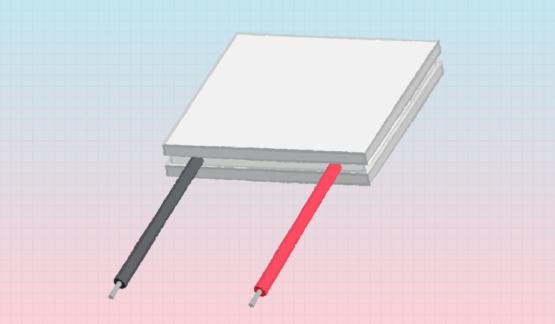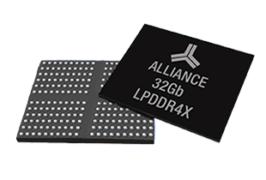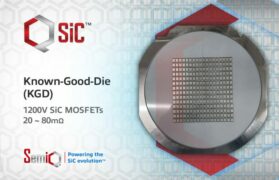Common thermal management solutions used in electronics applications address cooling objects with heat exchangers and fluid flow. The heat exchanger is typically either the electronic package itself or an extruded or stamped heat sink attached to the package. Air is the most common fluid used in thermal solutions, either with natural convection or propelled by a fan. In most of these solutions the temperature of the object being cooled remains above the ambient temperature. Peltier modules are electronic devices designed for cooling objects to below the ambient temperature or maintaining objects at a specific temperature by controlled heating or cooling. Selecting or specifying a Peltier module is not difficult but a basic understanding of module characteristics can be helpful to ensure the process flows smoothly.
The Thermal Problem to be Solved
Many electronic components provide an improved signal to noise ratio at cooler temperatures or are susceptible to damage when operating at temperatures exceeding specifications. Similarly, some chemical reactions must be maintained at or below a specific temperature. In these applications a Peltier module can be used to solve thermal issues and cool objects to below the ambient temperature where a conventional heat sink and fan cannot do so. Additionally, Peltier modules and the appropriate control circuit enable the ability to maintain an object at a specific temperature even under rapidly fluctuating thermal loads.










